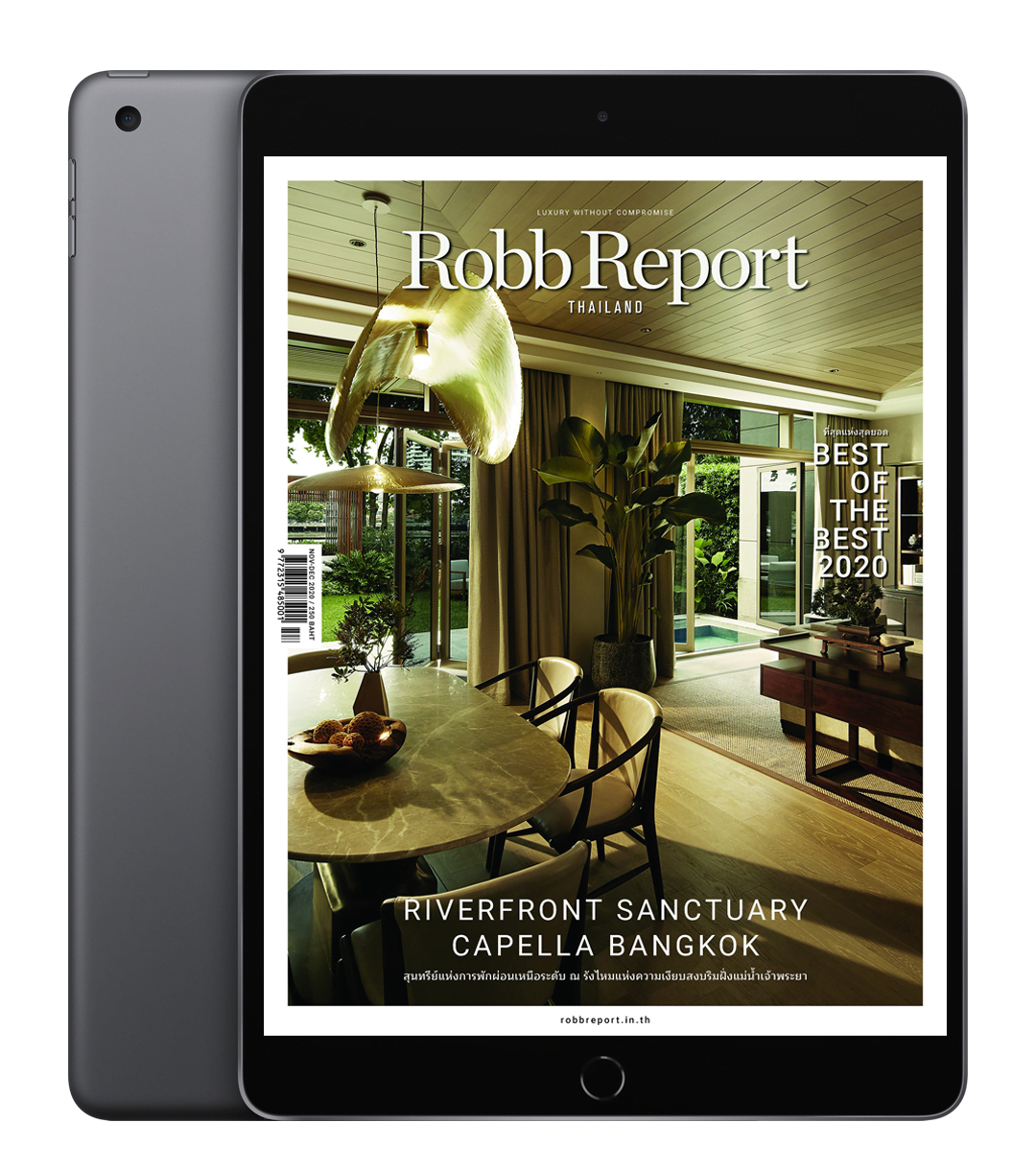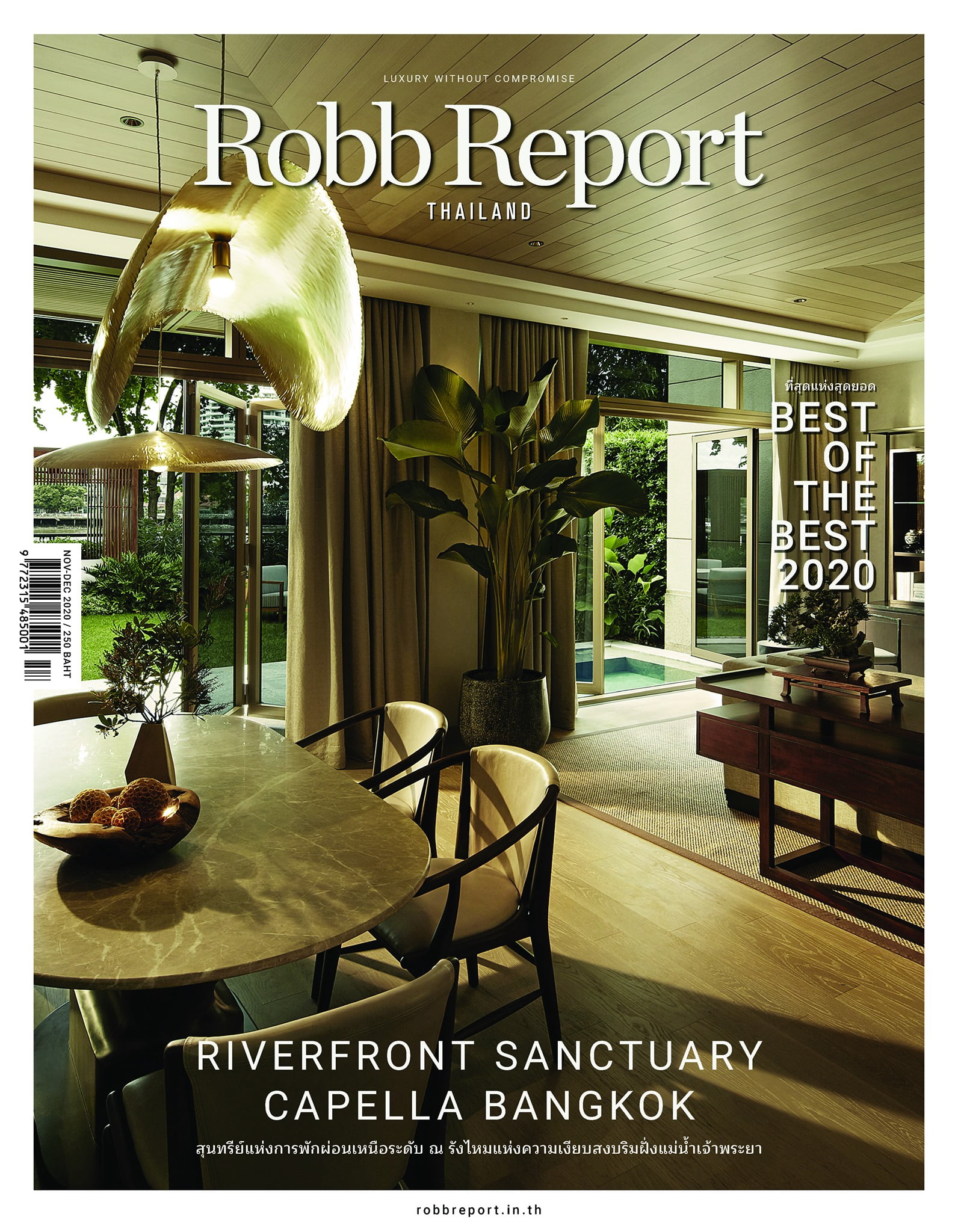The truth behind champagne coupes
In 2008, champagne house Moët & Chandon’s prestige label Dom Perignon released a decorative glass designed by Karl Lagerfeld. The German fashion designer had shaped the vessel after the breasts of style icon and supermodel, Claudia Schiffer.
In October last year, Kate Moss also had her bosom immortalised in the form of a champagne glass, as part of her 40th birthday celebrations. The glass was said to be moulded from the English model’s left chest.

But perhaps, the greatest woman in history who’s believed to have her assets monumentalised for vinous perpetuity was none other than Marie Antoinette, queen of France and spouse of Louis XVI. It’s said that the royal had lent her bosom — purportedly also the left side — for a shallow glass dish we know today as the champagne coupe. Sadly, there is scarcely any evidence to support the veracity of this legend, so it is at best a dishy tale.

Despite its timeless design and continual appearance — especially at wedding receptions in the form of champagne towers — the coupe isn’t actually very suited for champagne or sparkling wine in the style that we appreciate today. For many drinkers, a sparkling wine’s intensity and effervescence are general indicators of its quality. Glasses that best retain and showcase these characteristics are thus favoured over the coupe, whose large surface area does a poor job of keeping the sparkle in the wine. Sorry, Kate.

Enter the champagne flute. Its tall, narrow bowl, keeps the bubbly bubbling and that layer of foam from dissipating too quickly — plus, we get to appreciate the aesthetically pleasing streams of tiny beads rising to the top. However, a downside of having such a narrow glass is that it doesn’t allow the aromas to concentrate, so on the olfactory level, you could be missing out.

The general consensus between sparking wine producers and drinkers is that a stem glass with a bowl slightly wider than its rim — such as a tulip-shaped white wine glass — makes an ideal vessel. The best champagne glass I’ve ever used is The Joseph, created for Krug by Austrian crystal glassware manufacturer Riedel. The Joseph is a cross between a traditional flute and a white wine glass, and offers the opportunity to take in the champagne’s visually arresting details and its broad spectrum of aromas and flavours. Another notable champagne class manufacturer is Germany’s Schott Zwiesel.
Apart from glass types, the cleanliness of the glass also affects the taste of the champagne. Dirt and detergent impact the formation and stability of bubbles in the champagne; the dirtier the glass, the faster bubbles form and burst, and the quicker the champagne goes flat. A little dishwashing liquid and plenty of hot water will effectively remove any stain and grease after use, but be sure to rinse the glasses thoroughly to eliminate detergent that may remain on the glass surface.
For the ladies, here’s one final tip — if you know you’re going to pick up a glass of bubbly, avoid wearing lipstick. According to physical chemist Hervé This, those who wear lipstick have less foam in their champagne glasses, because lipstick typically contains antifoaming agents. “The effect is spectacular," he writes in his food science book Molecular Gastronomy, “as you can see for yourself by touching the foam in a glass of champagne with the tip of a lipstick."
On that note, here’s wishing you very many effervescent encounters, and may your cups runneth over.








